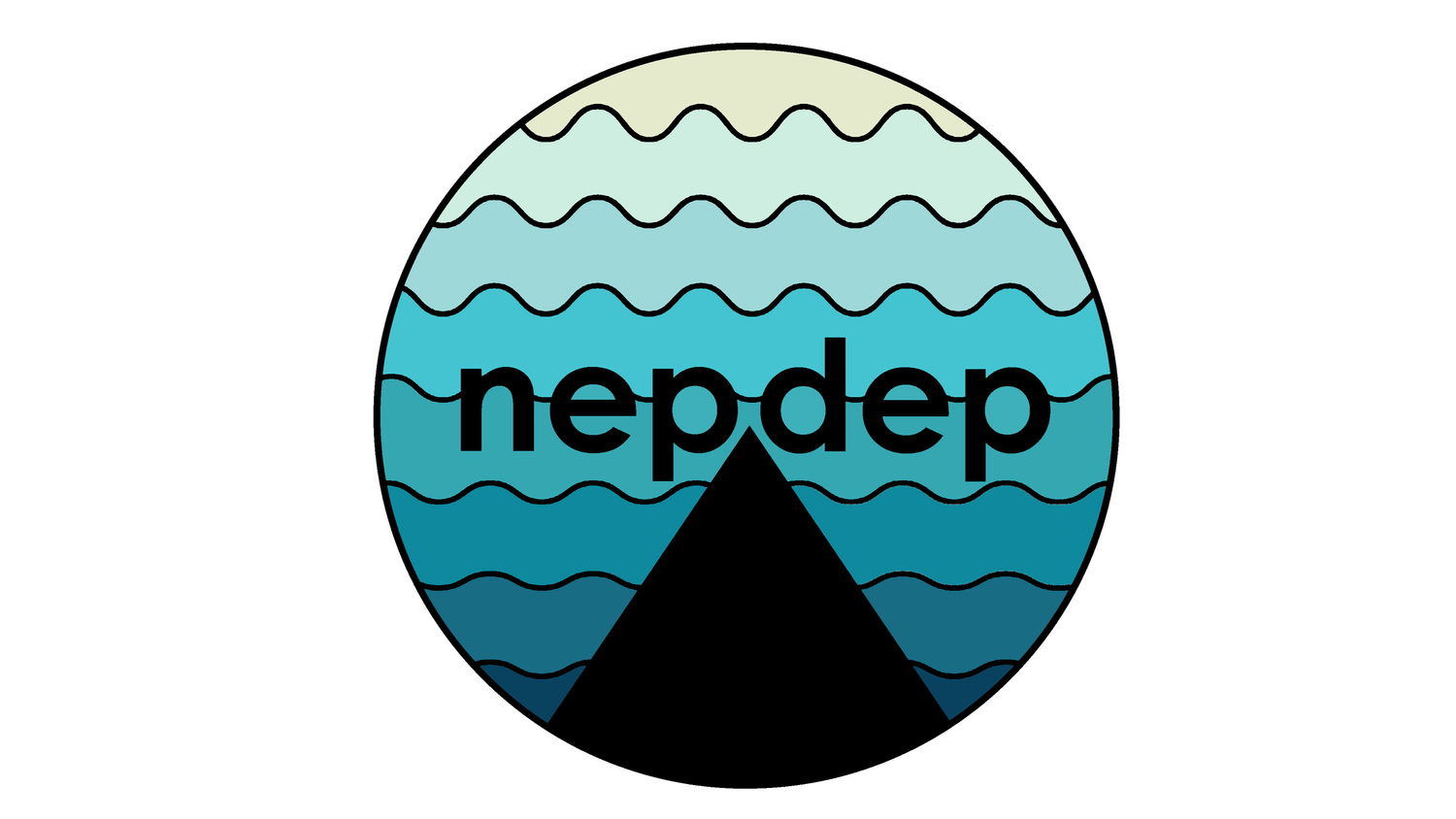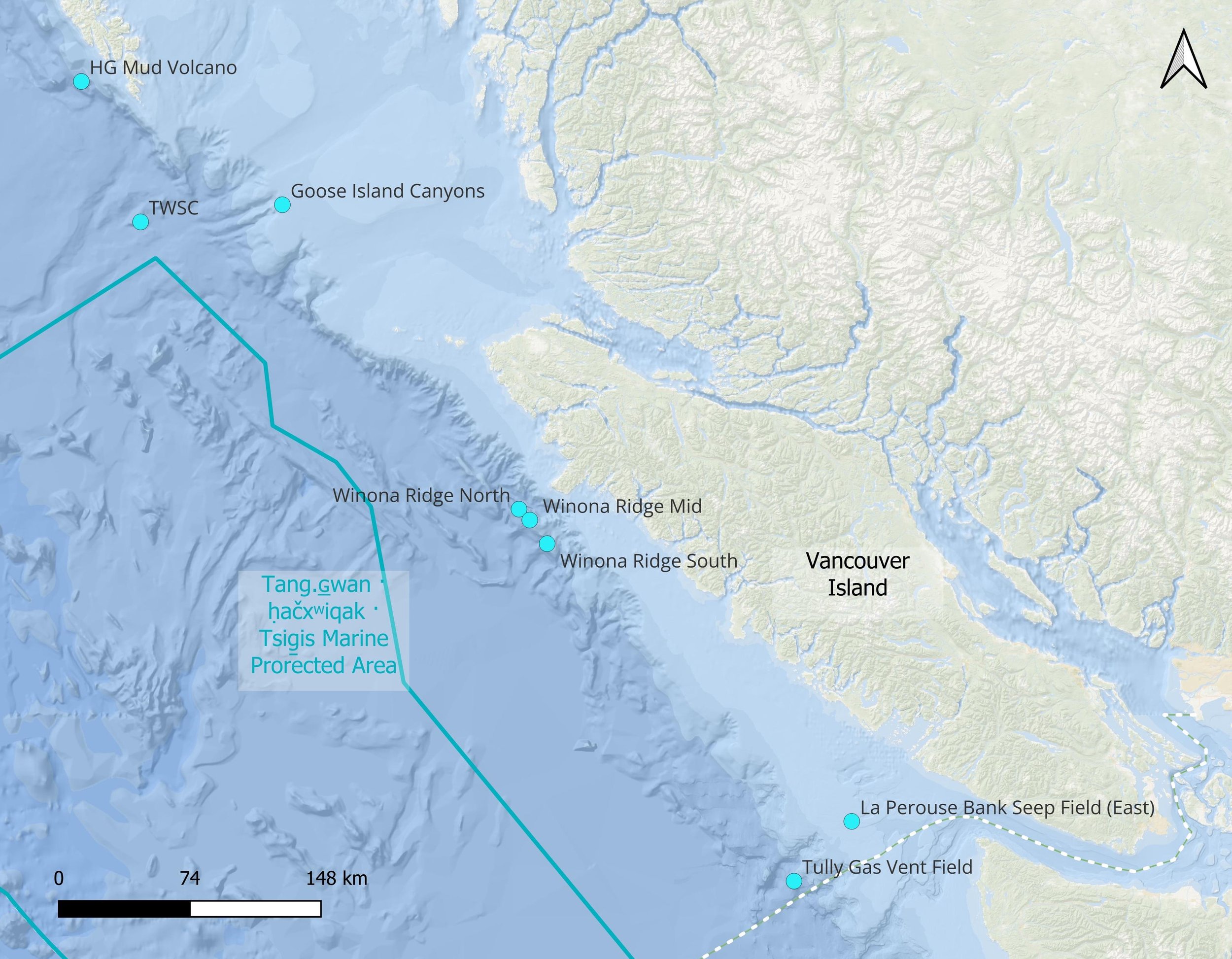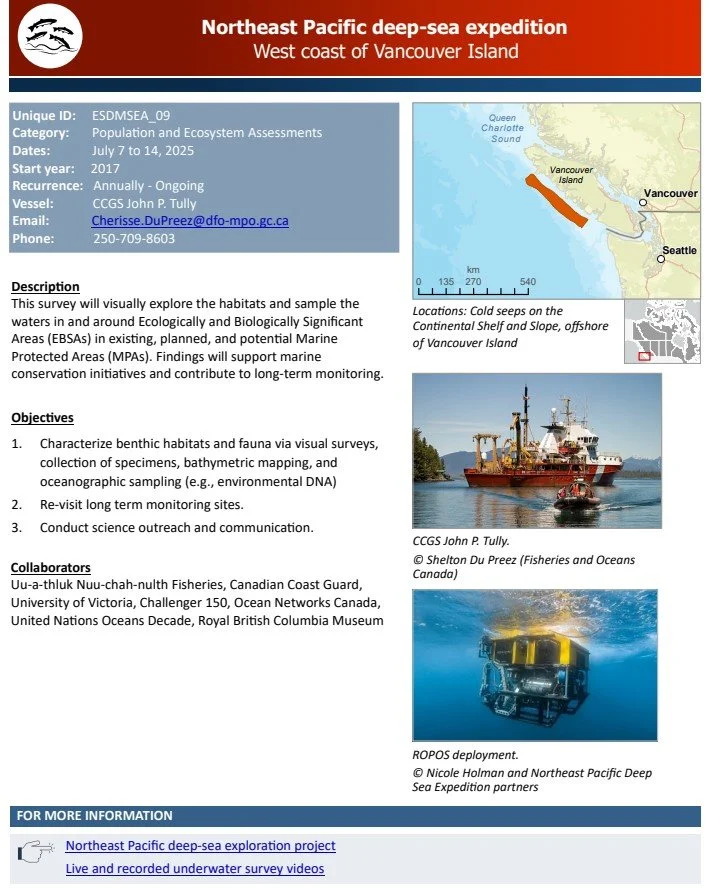2025 NEPDEP Expedition - Seeps and Heat
Our 2025 Expedition Wrap Video
Thank you for you for joining us on this adventure! Stay tuned…. We have a second expedition this year in September! Head over to our Seamounts and Mapping page to learn more.
We set sail July 7-18th, 2025 on the Canadian Coast Guard Vessel J. P. Tully!
This expedition aims to discover, explore, and monitor deep-sea ecosystems while sharing the joy of discovery of the incredible life and wonders hidden far below the waves! We will visually explore the habitats and sampled the waters in and around Ecologically and Biologically Significant Areas (EBSAs) for potential conservation.
We will use the remotely operated vehicle Yelloweye to conduct science and capture incredible imagery of the deep sea to share with YOU! Thank you for joining us on our journey of discovery.
Watch LIVE here on dive days OR on our Facebook Page!
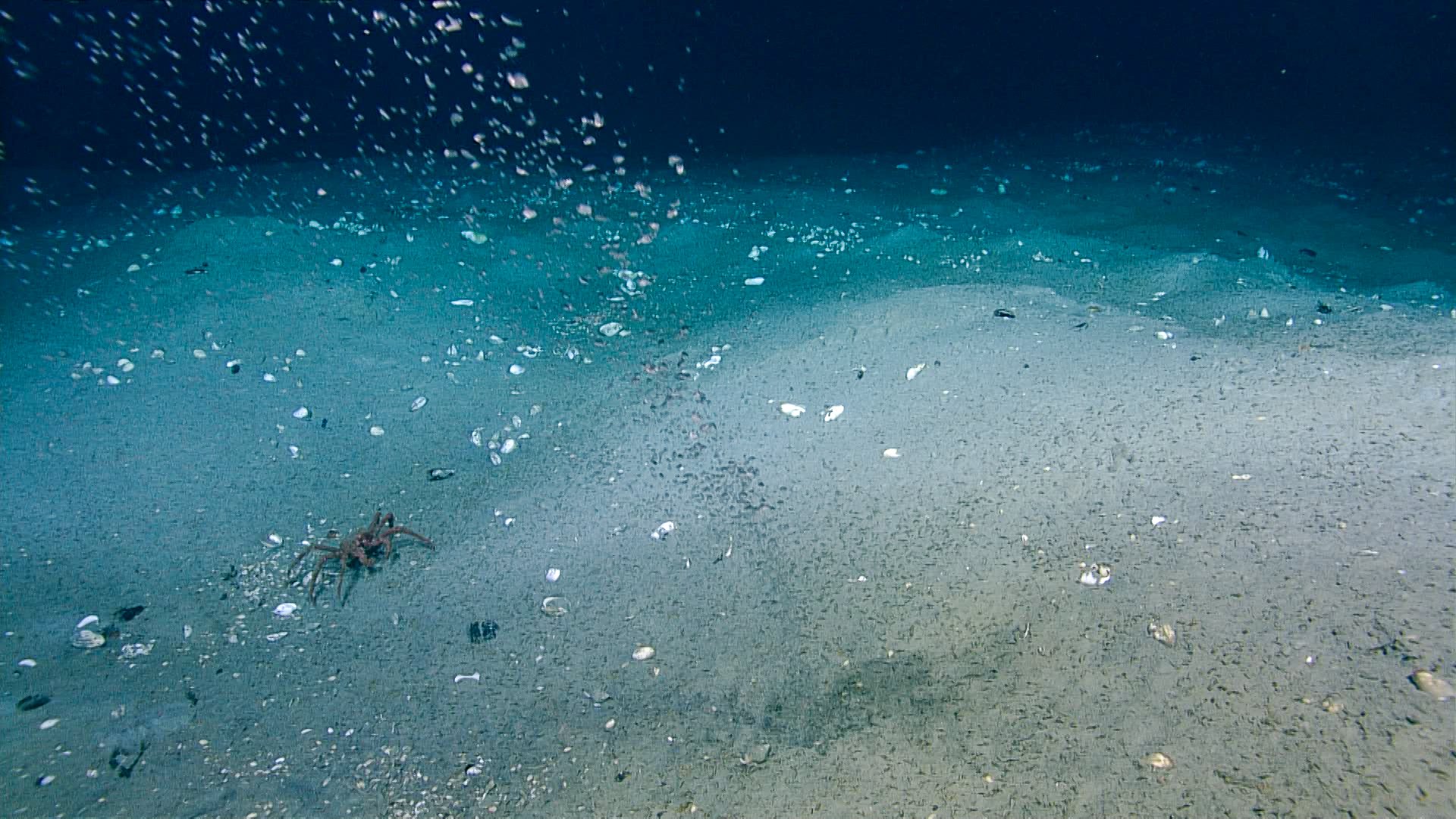
Cold Seeps

Cold Seeps
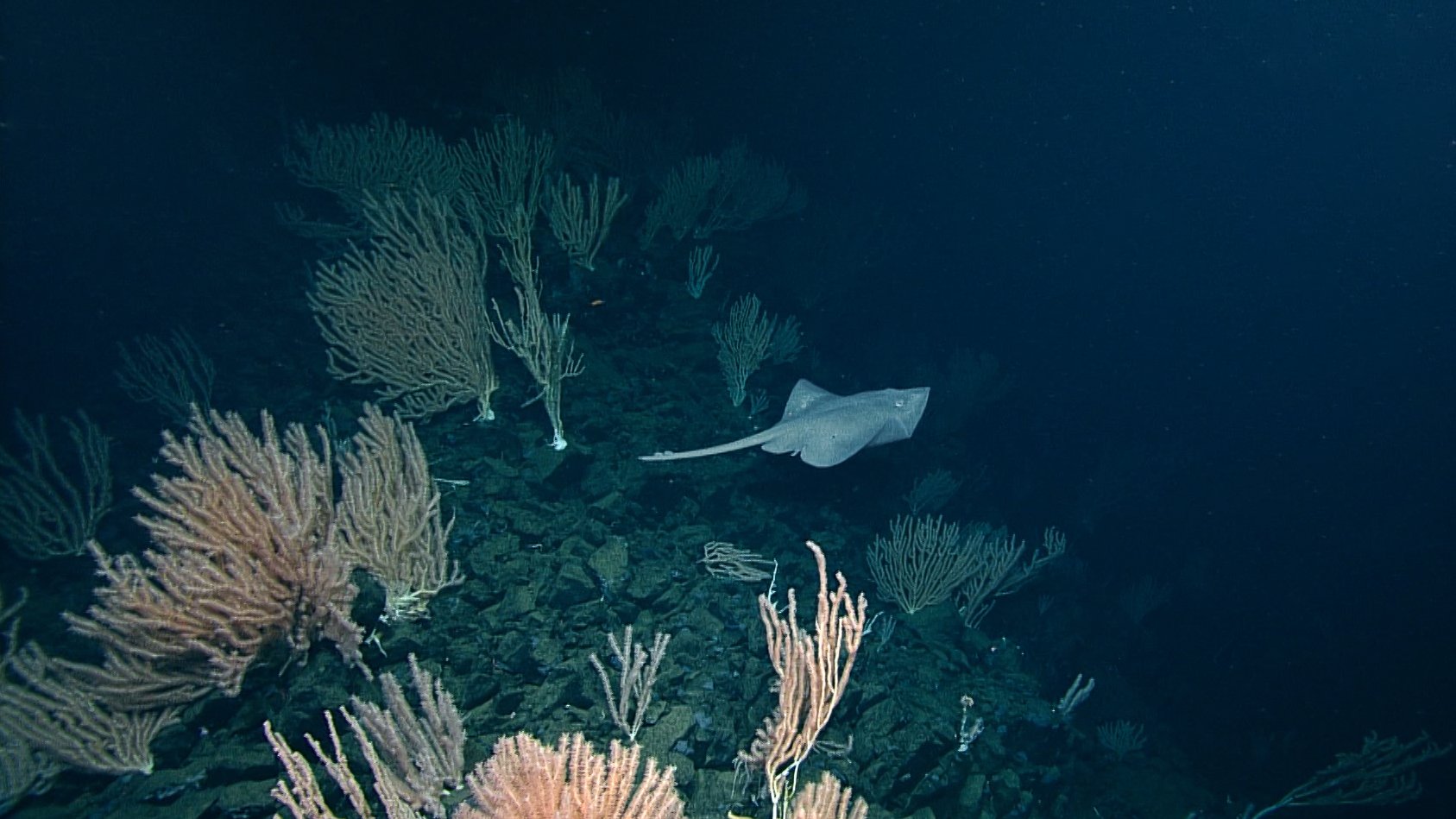
NEPDEP 58 Seamount
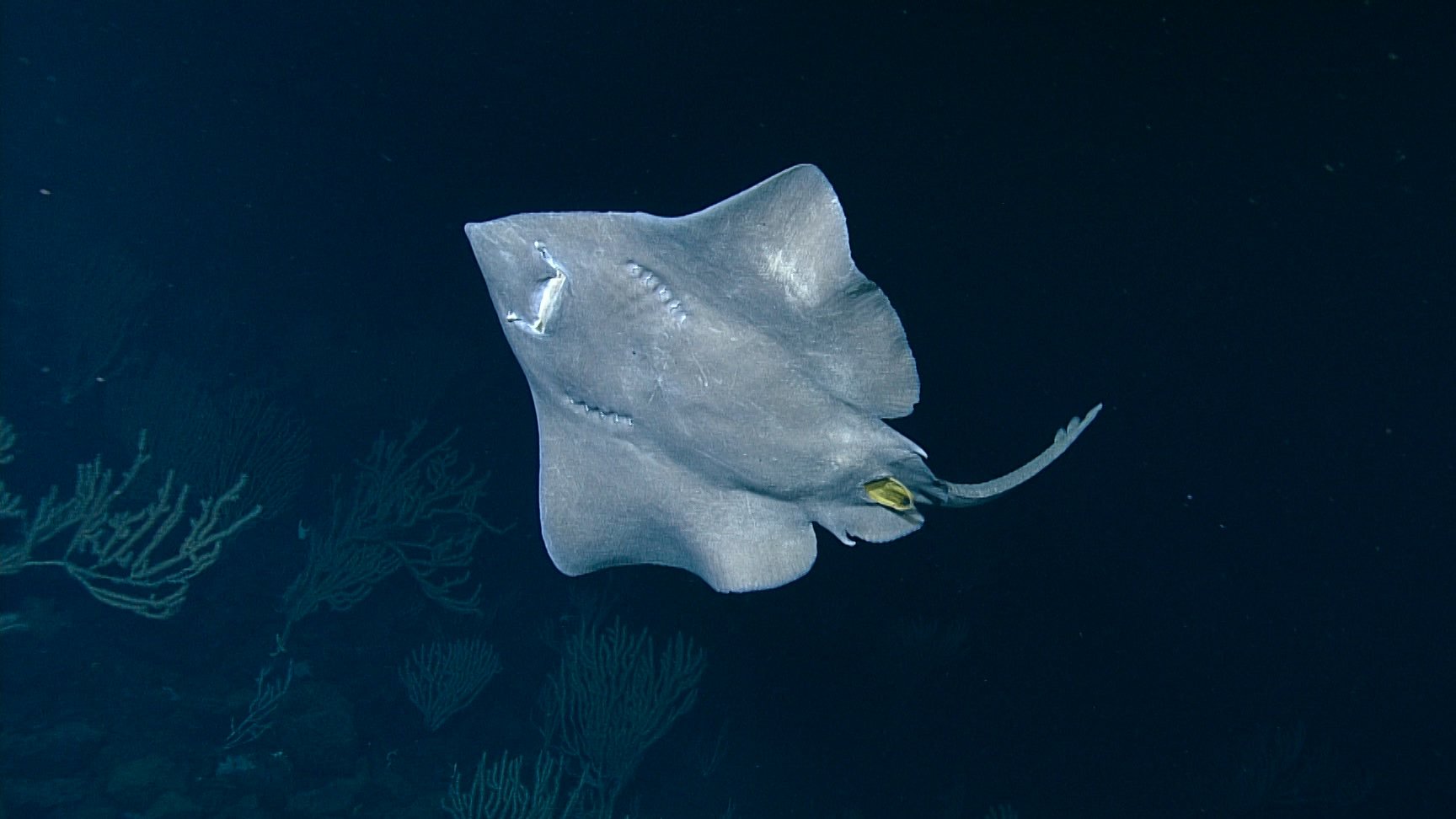
NEPDEP 58 Seamount
Study Sites
-
Cold Seeps are benthic marine features where fluids enriched with reduced compounds (e.g. methane or hydrogen sulphide) ‘bubble’ out of the seafloor. Amazingly, these features can become productive chemosynthetic (origin of word: ‘chemical’ ‘formation’) ecosystems where bacteria turn the reduced chemicals into carbon for a unique food web. In comparison, most food webs on Earth start with photosynthesis (using the sun’s energy to produce carbon). Cold seeps are biological hotspots of productivity, have specialized animals, and have cascading effects on the ocean communities around them
In the Pacific Region, these chemosynthetic EBSAs are generally characterized by bacteria, tubeworms, and bivalves. Carbonate rock is also formed from the bacterial activity - creating important hard and complex habitat for many additional species.
-
The Haida Nation and Kuuniisii ancestors have strong spiritual and cultural connections with all places and beings in Haida territories. This expedition will go to the NEPDEP 58* seamount, near G̲angx̲id Kun Cape St. James.
This very unique area provides habitats for all kinds of sea life, including an incredible coral garden that we discovered is a nursery ground for at least three different Ts’íit’aa | Ts’iiɢ̲a | skate species! Additionally, we have discovered that the seamount has hydrothermal activity causing it to vent warm water on the summit.
Our research will gather more data to further explore the hydrothermal dynamics around this seamount.
*NEPDEP 58 is a placeholder name for an incredible seamount that will be named by coastal First Nations.

Our home, restaurant, and research lab all in one!

Preparing to launch the remotely operated vehicle (ROV)

Remotely operated vehicle (ROV) at surface
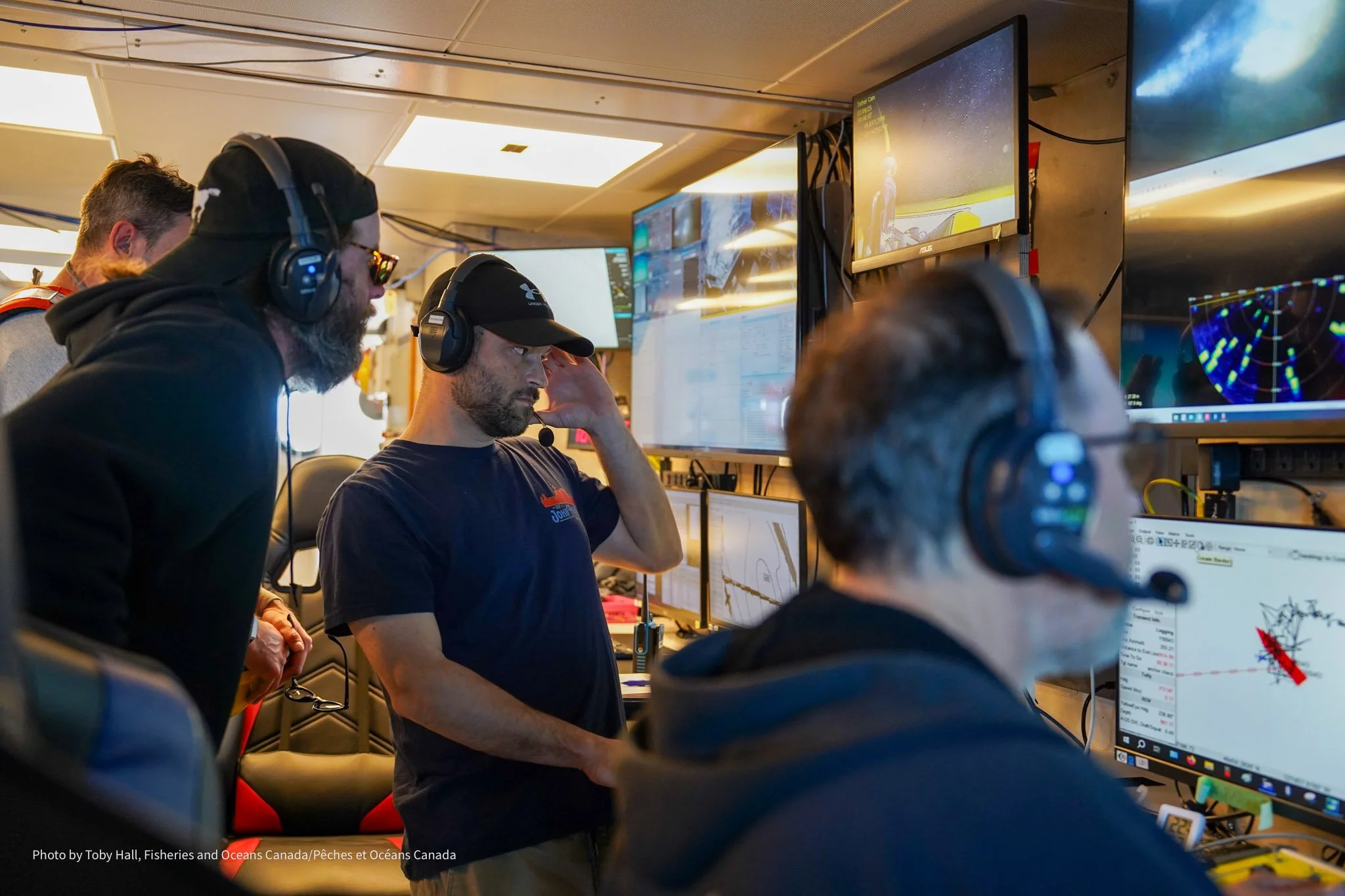
ROV control

ROV maintenance
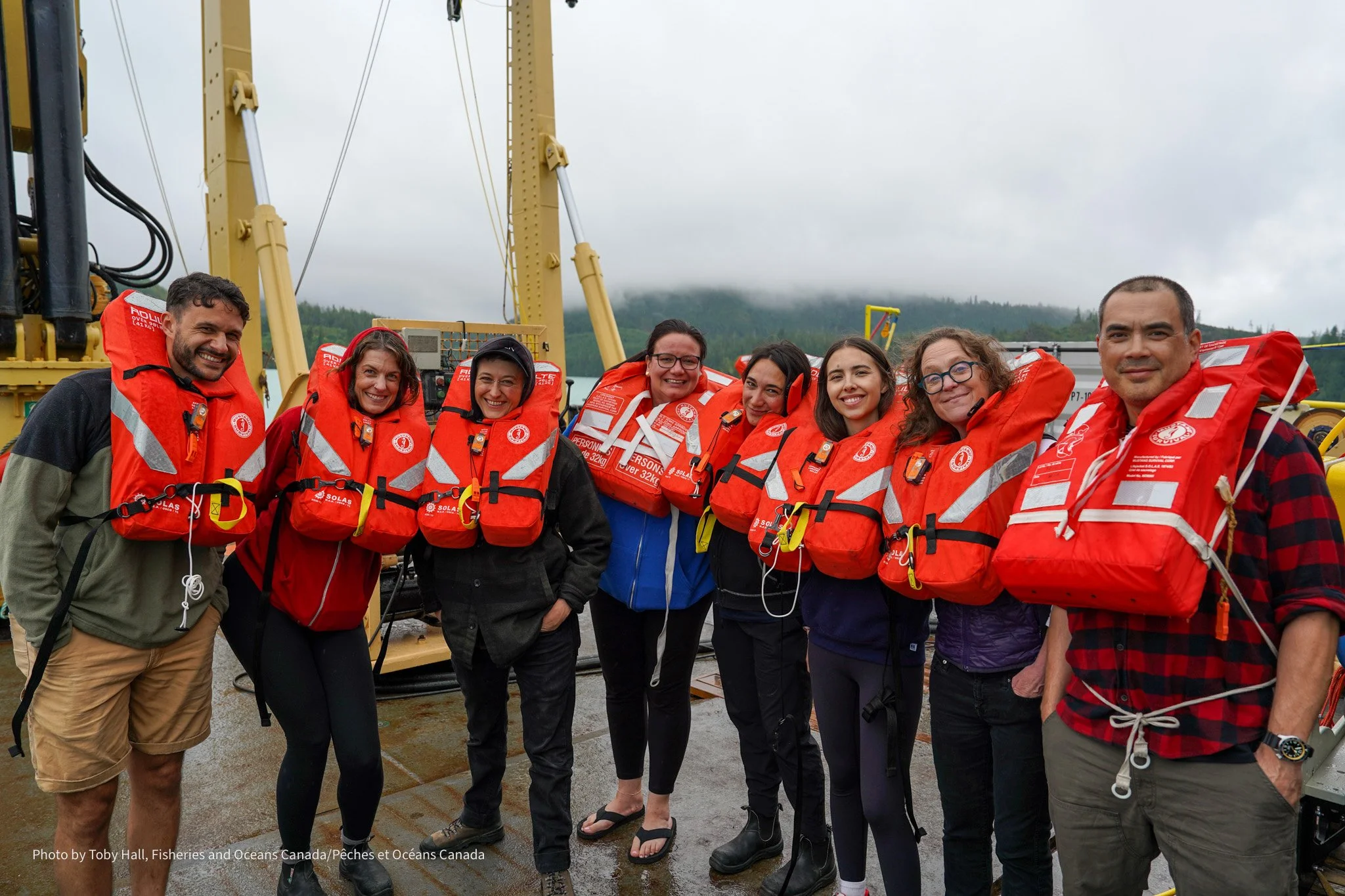
At-sea crew
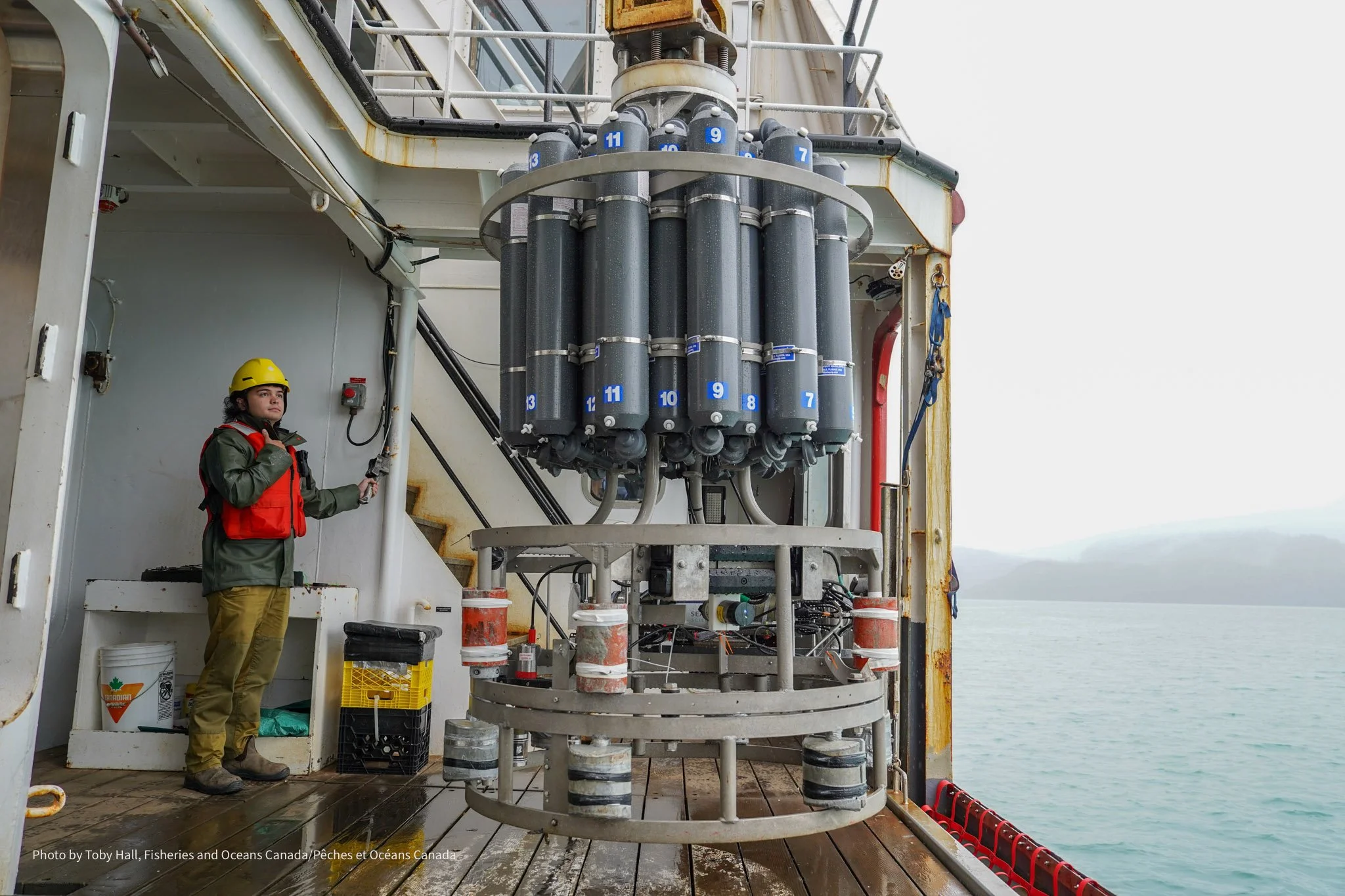
Preparing to launch a rosette of Niskins (tool that samples water parcels at different depths)

Rosette being launched from vessel
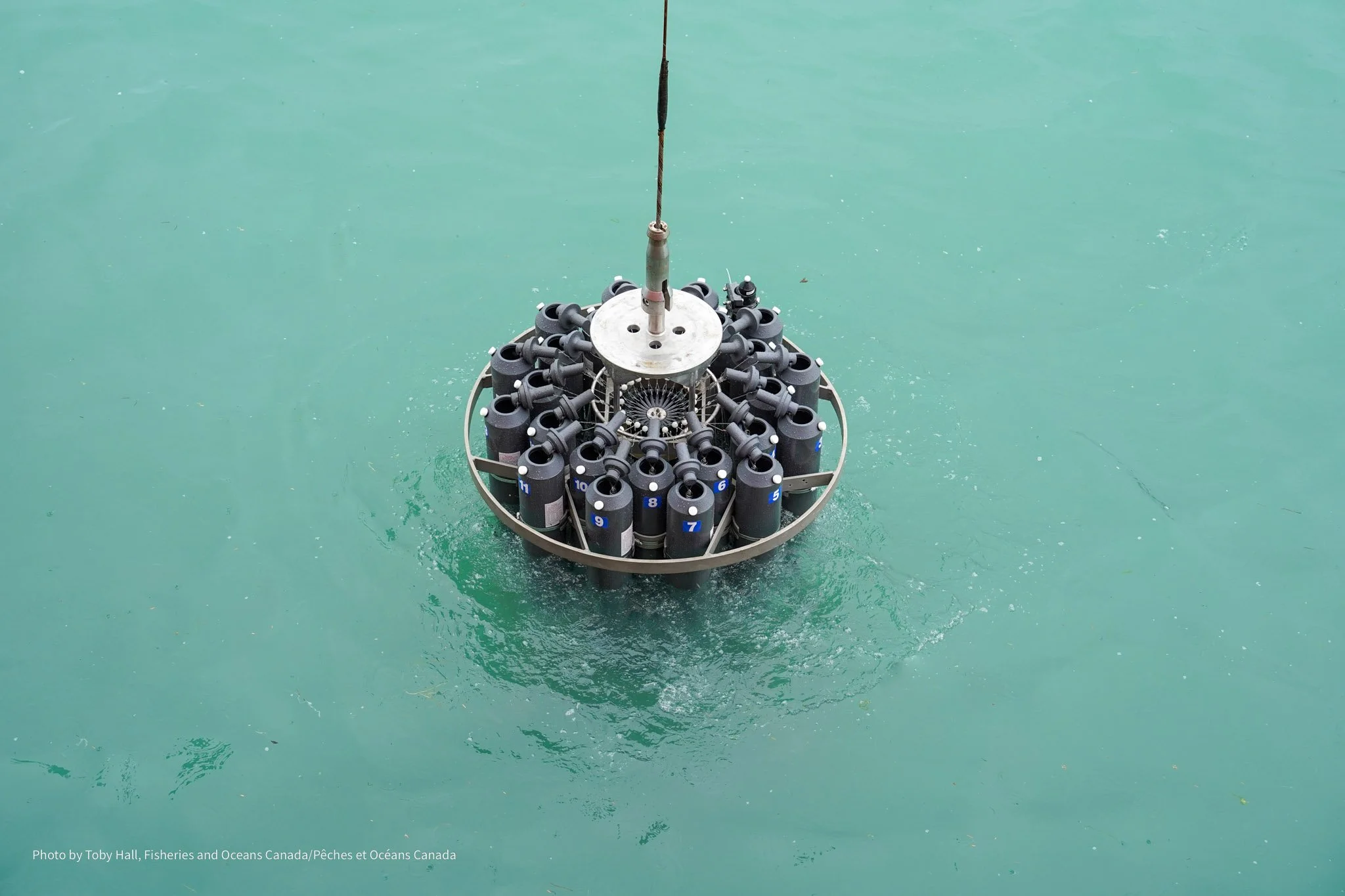
The top of the Rosette Niskin bottles opened on descent into the water column

Zooplankton sampling tool called Bongo nets
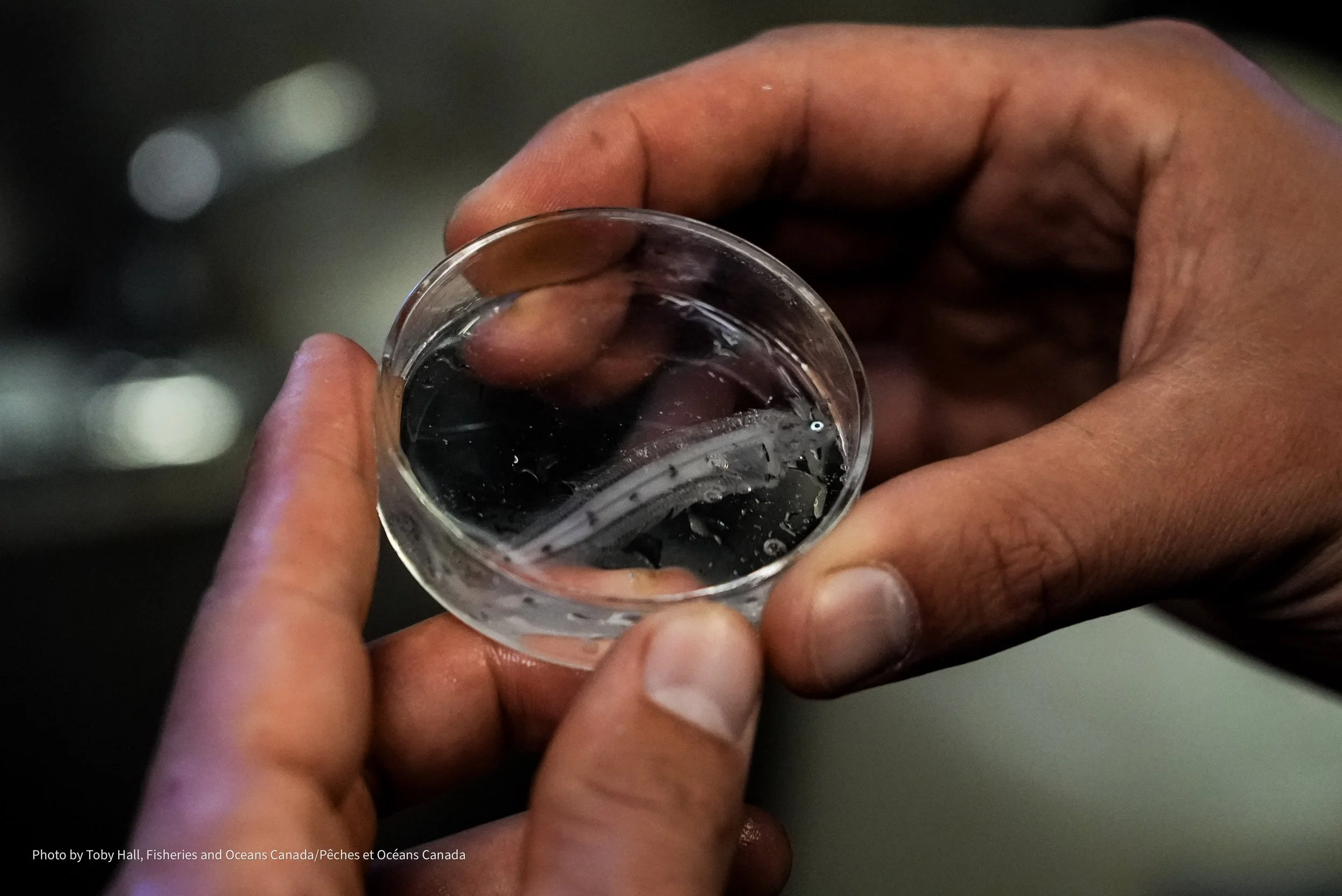
Larval fish collected from Bongo nets
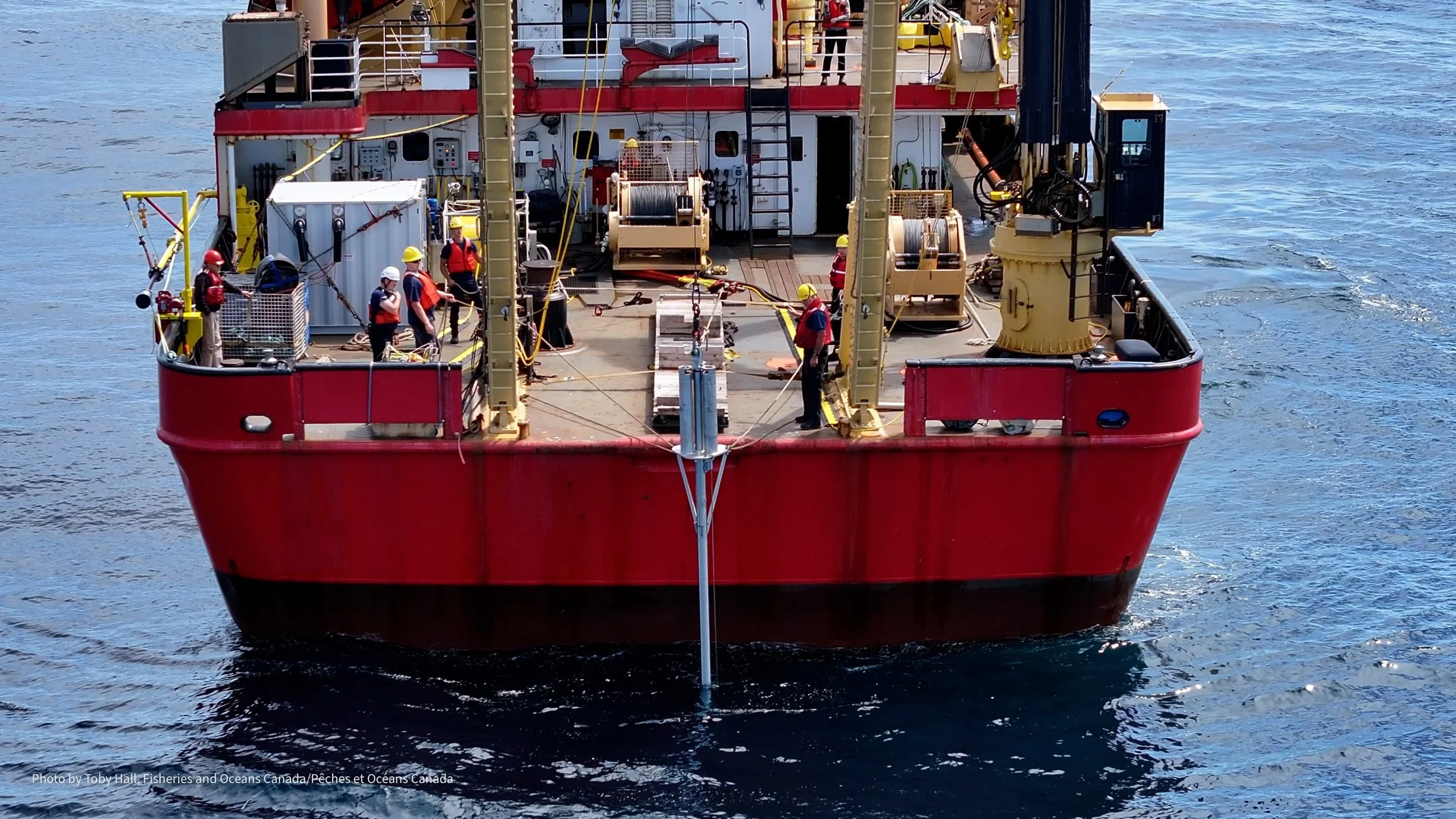
Deploying the temperature probe

ROV pilots while dive is underway

Science team watching and annotating the dive

An octopus in a carbonate rock den during a dive.
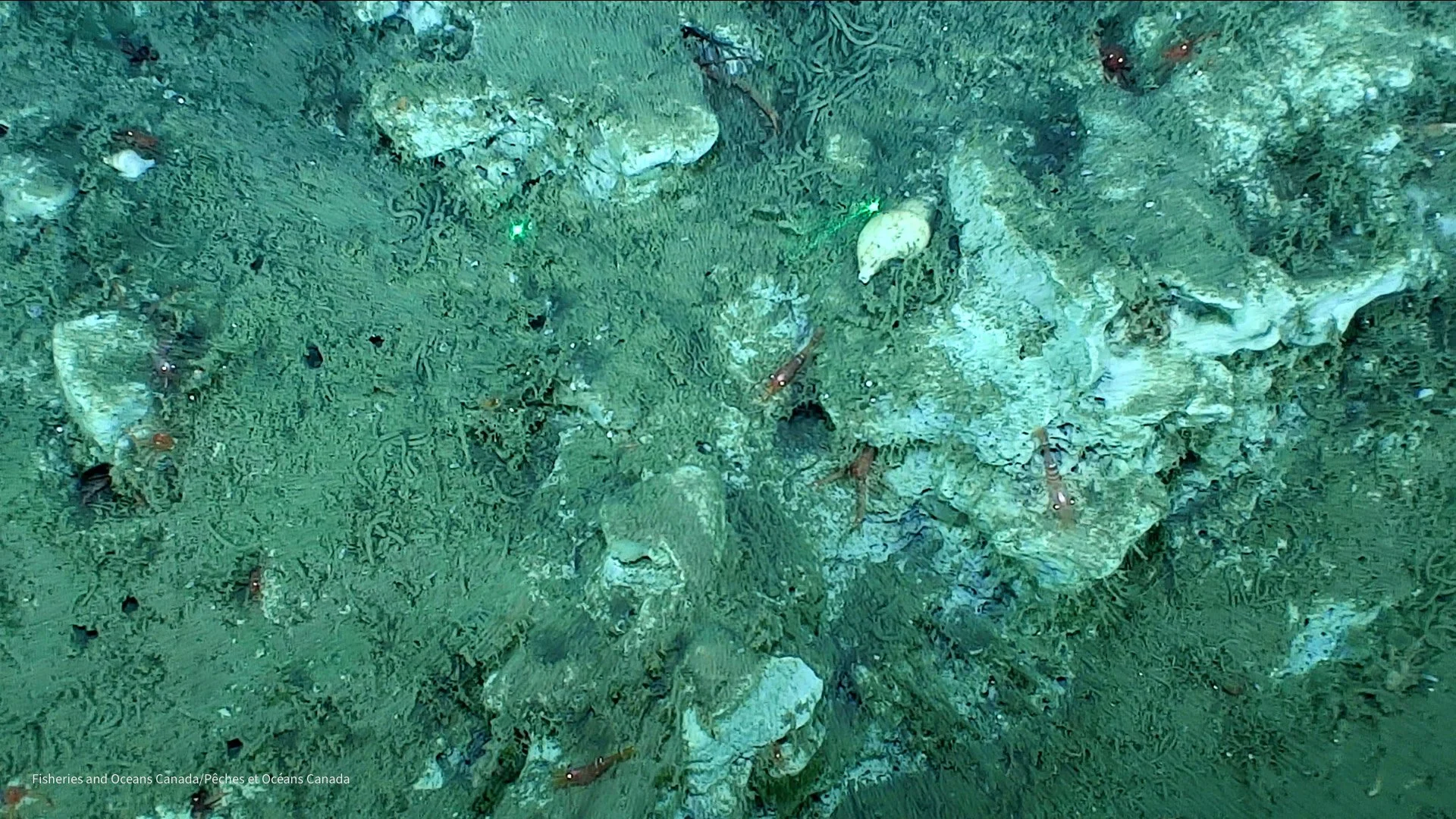
Carbonate rock - with so many inhabitants
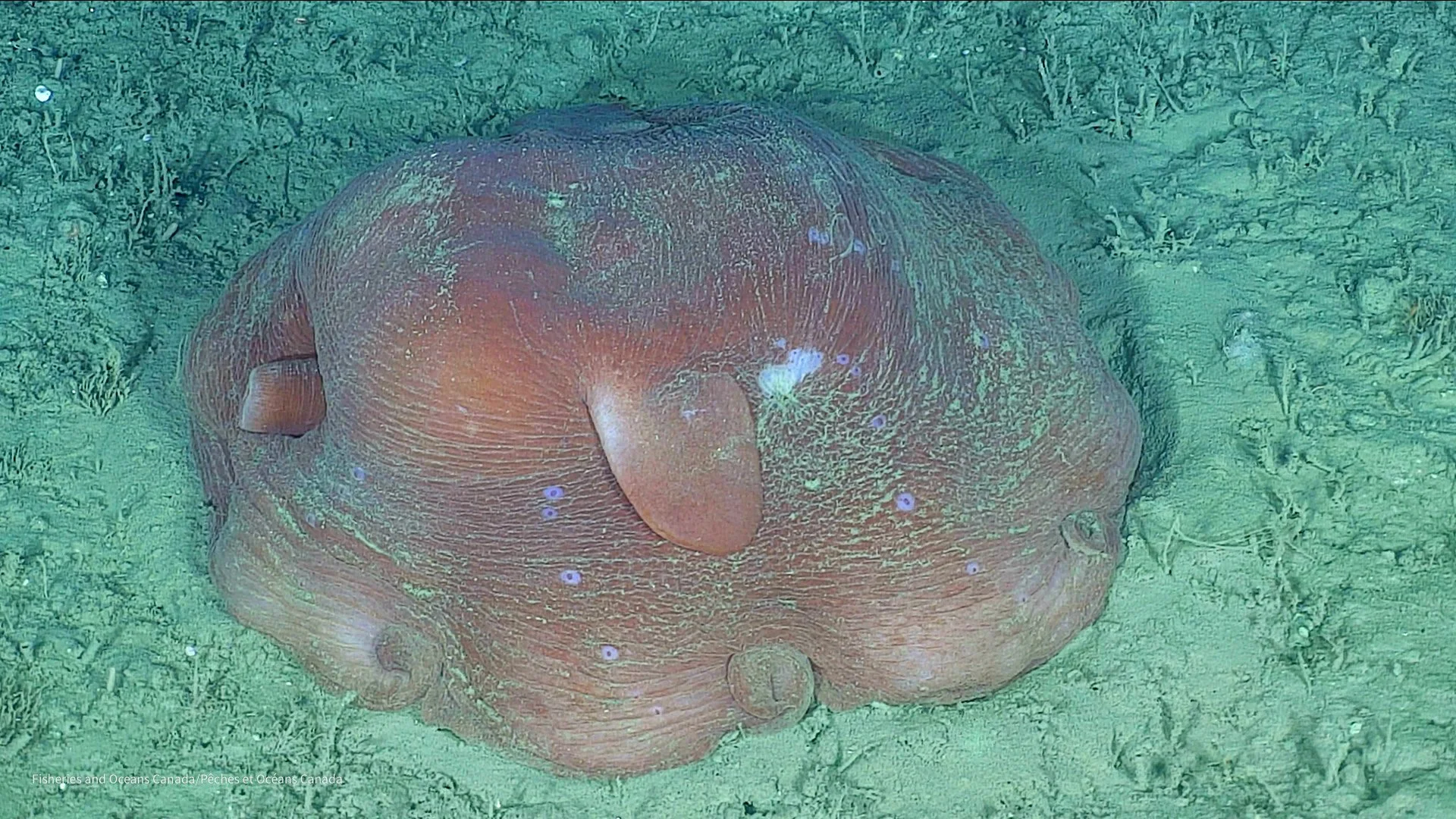
Flapjack Octopus
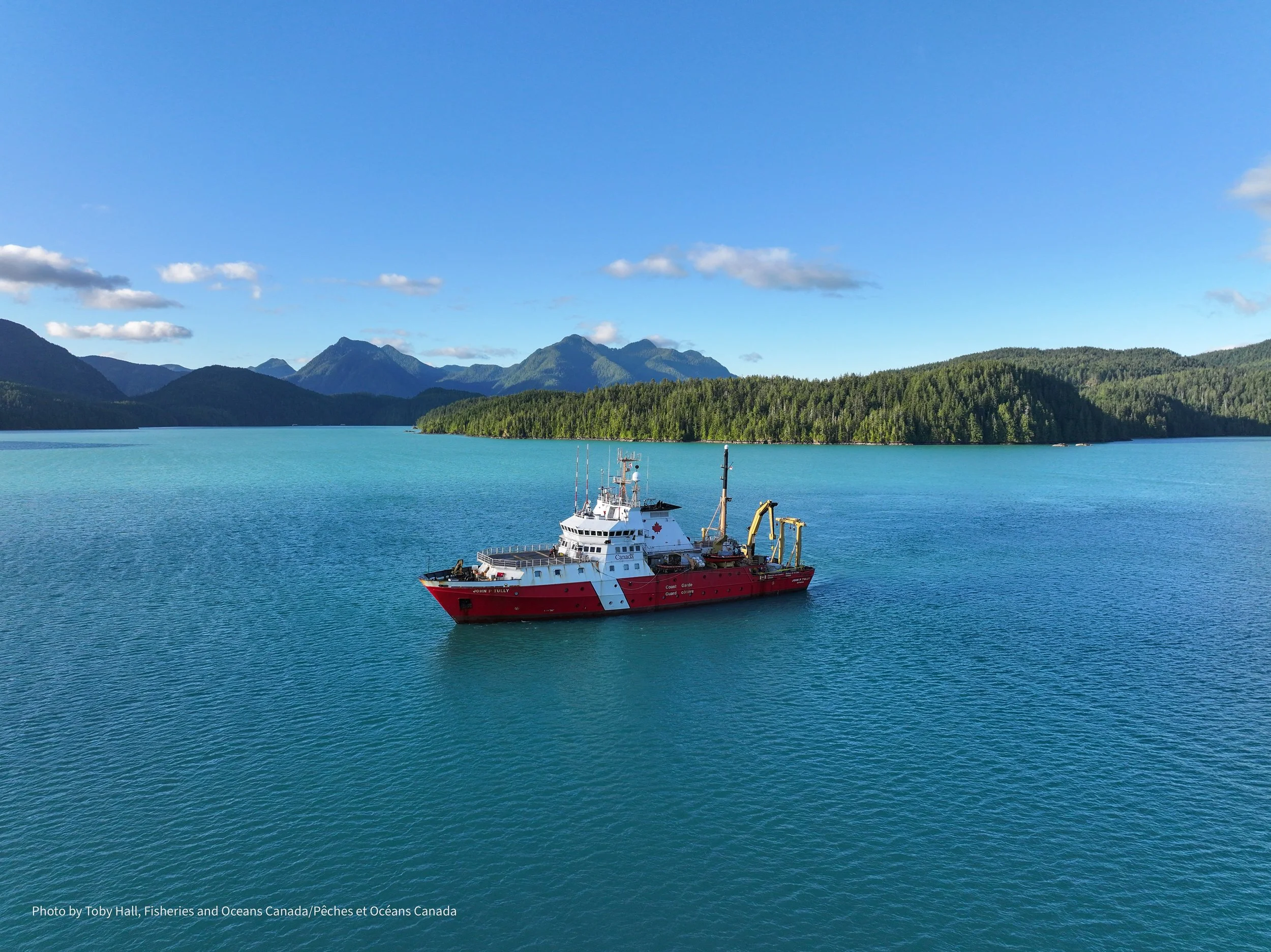
The CCGS J.P. Tully in Kyuquot Sound during a coccolithophore bloom
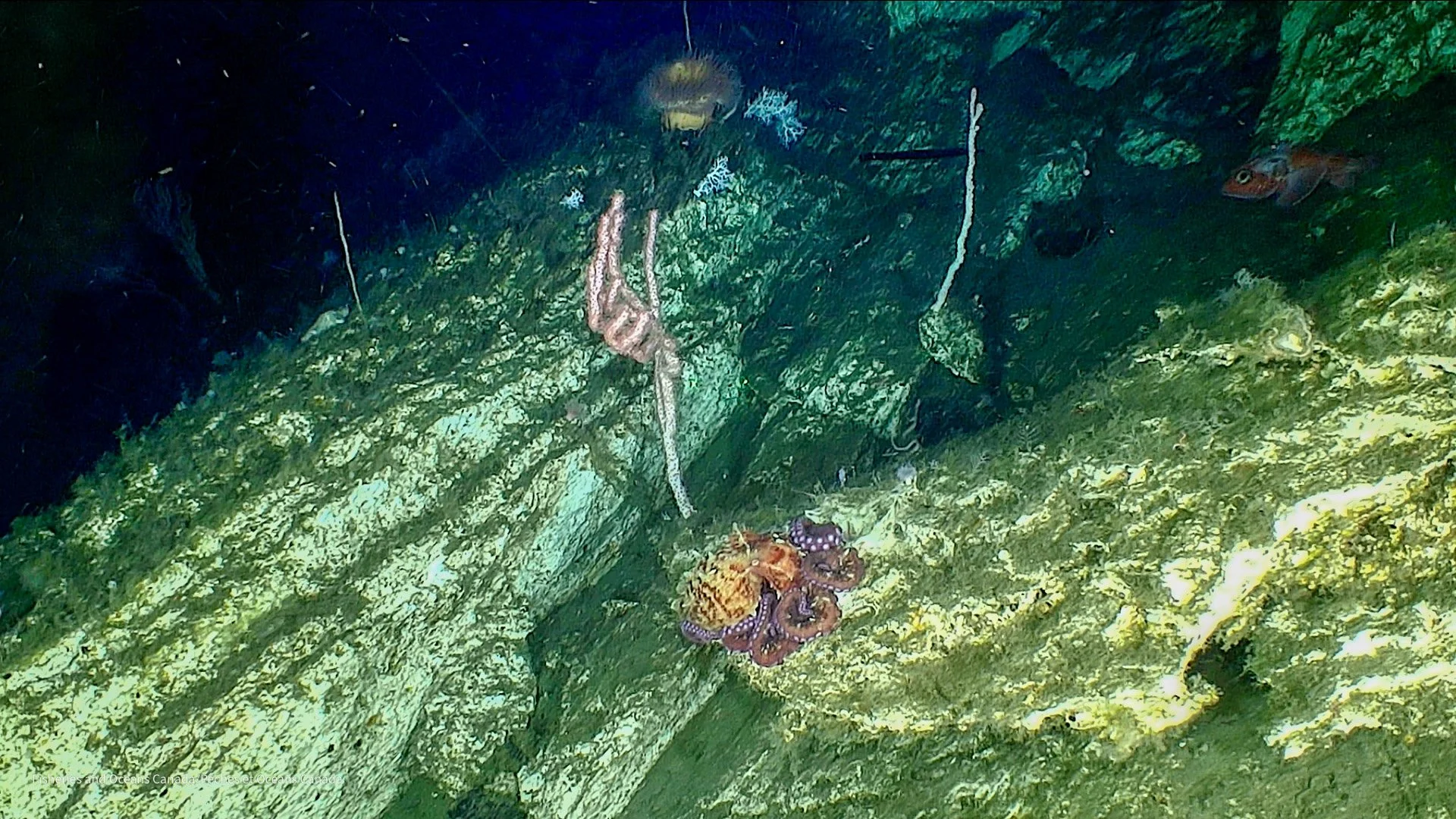
Extensive carbonate slab supporting an incredible diversity of life

Large corals growing up on carbonate

A Giant Pacific Octopus
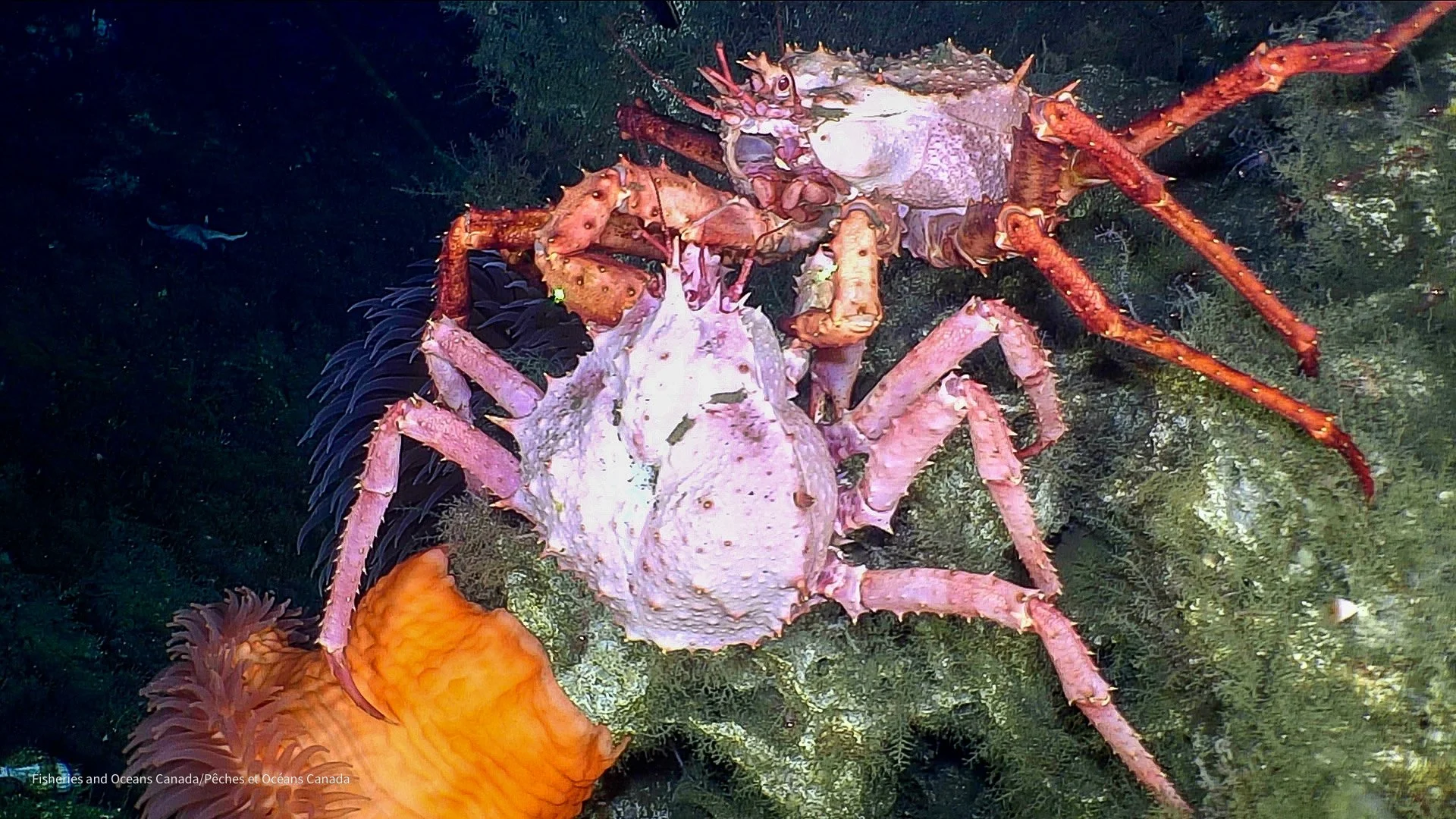
Scarlet King Crabs

Thornyhead and nudibranch on carbonate

Coral and skate egg case
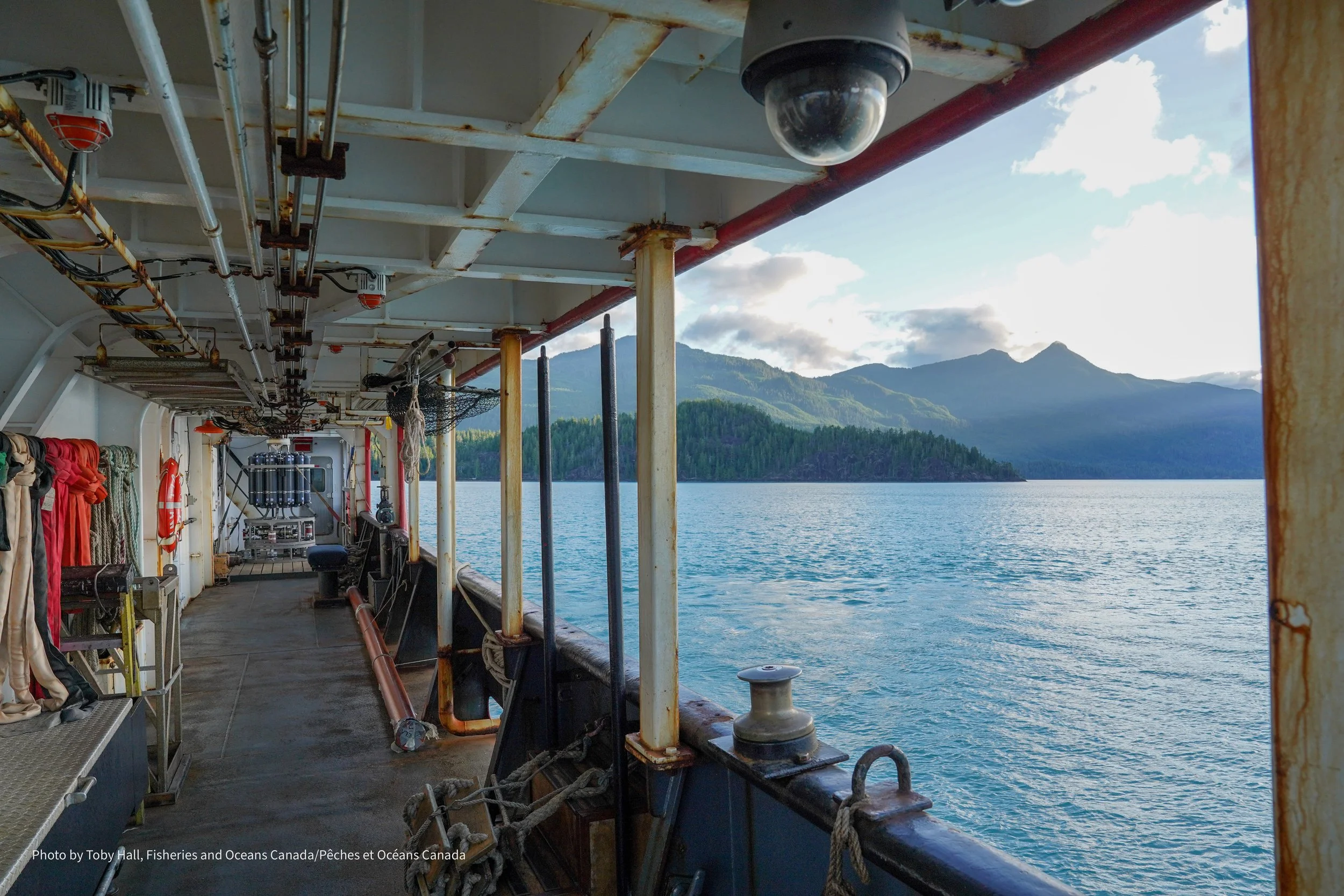
The beauty of boat life
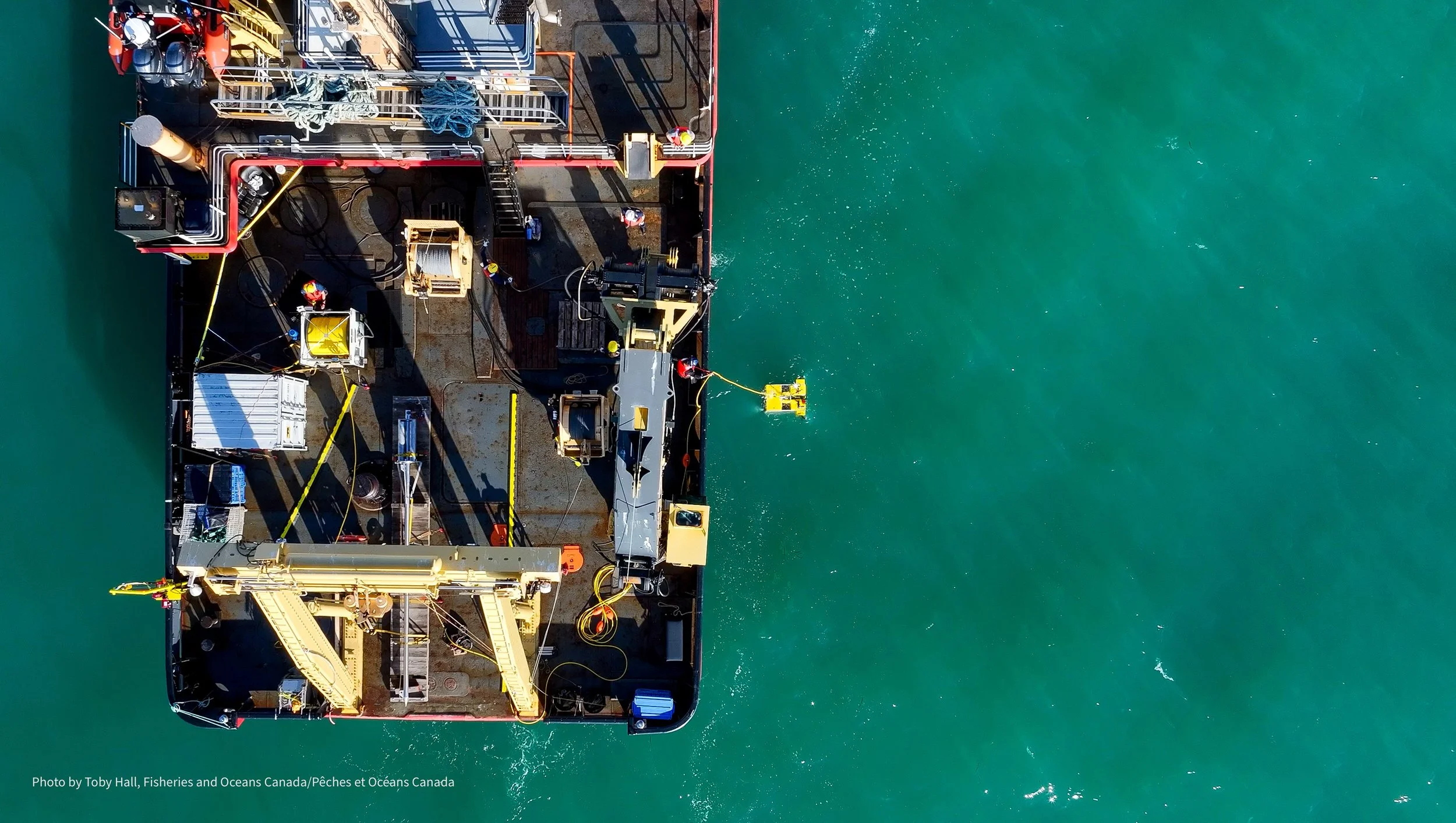
ROV diving from CCGS J.P. Tully
At-Sea Team
-

Heidi Gartner
Science Lead / Deep-Sea Biologist
-
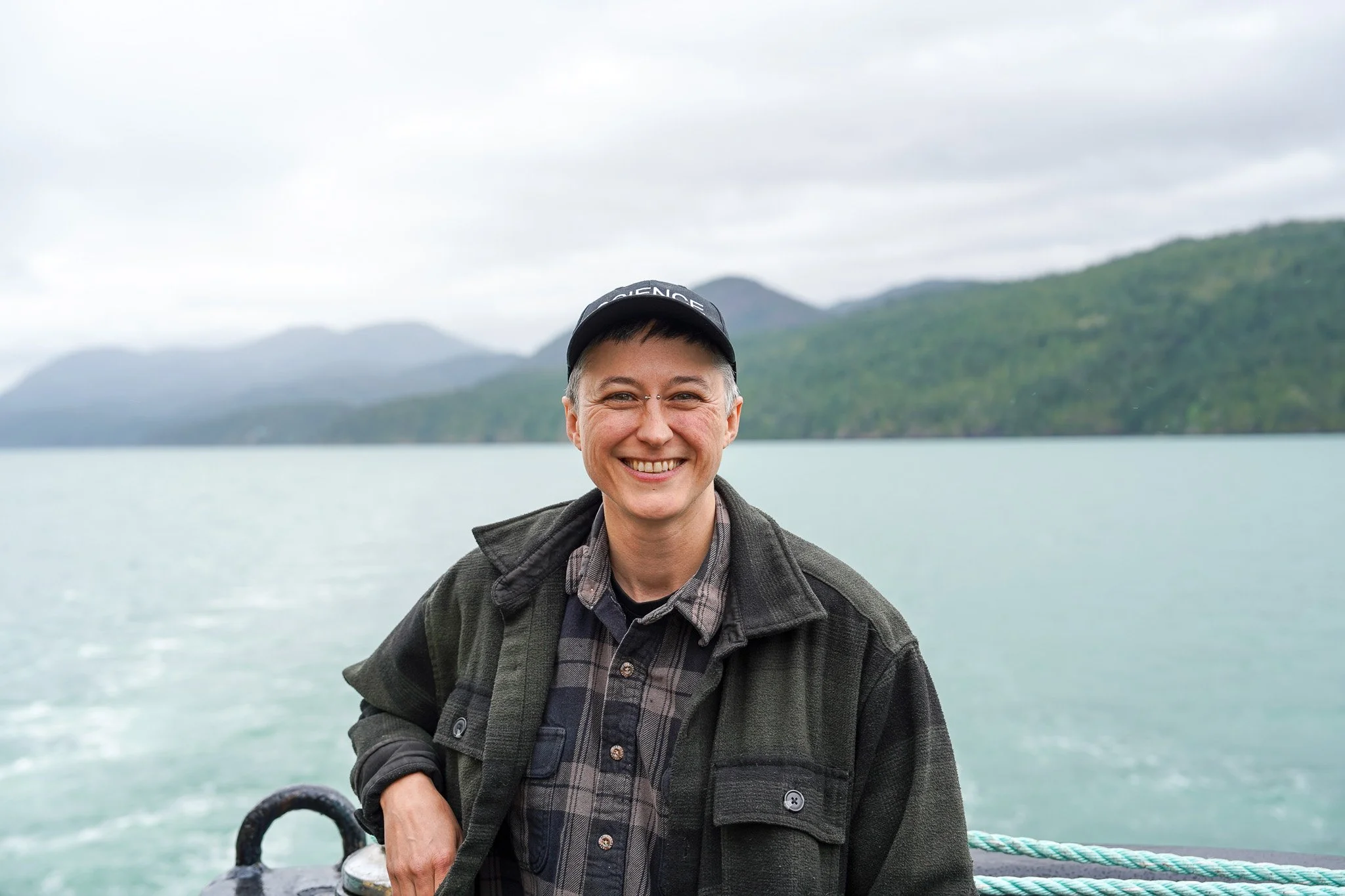
Merlin Best
Sampling Coordinator
-

Kayleigh Gillespie
Data Manager
-

Chelsea Stanley
Lead Oceanographer
-

Julian Smith
Oceanographer
-

Rachel Lauer
Marine Hydrogeologist
-
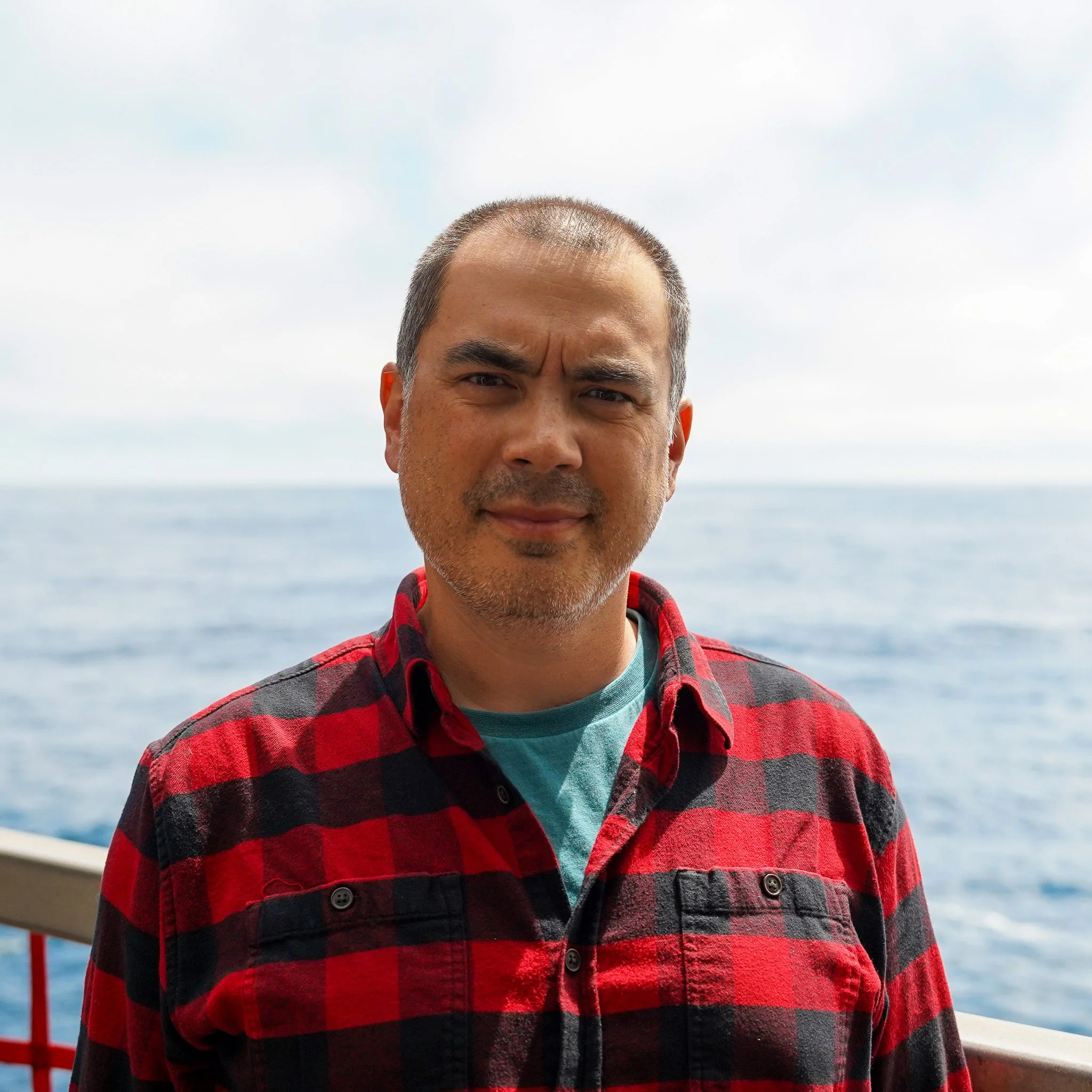
Rob Perrin
Marine Hydrogeologist
-

Toby Hall
Photographer & Videographer
-

Rayne Boyko
Haida Nation Marine Planner
-

Alison Wale
Uu-a-thluk Capacity Building Coordinator
-

Andy Clark
Yelloweye ROV team
-

Andy Vanier
Yelloweye ROV team
-

Dustin Schornagel
Yelloweye ROV team
-

Luke Girard
Yelloweye ROV team
-
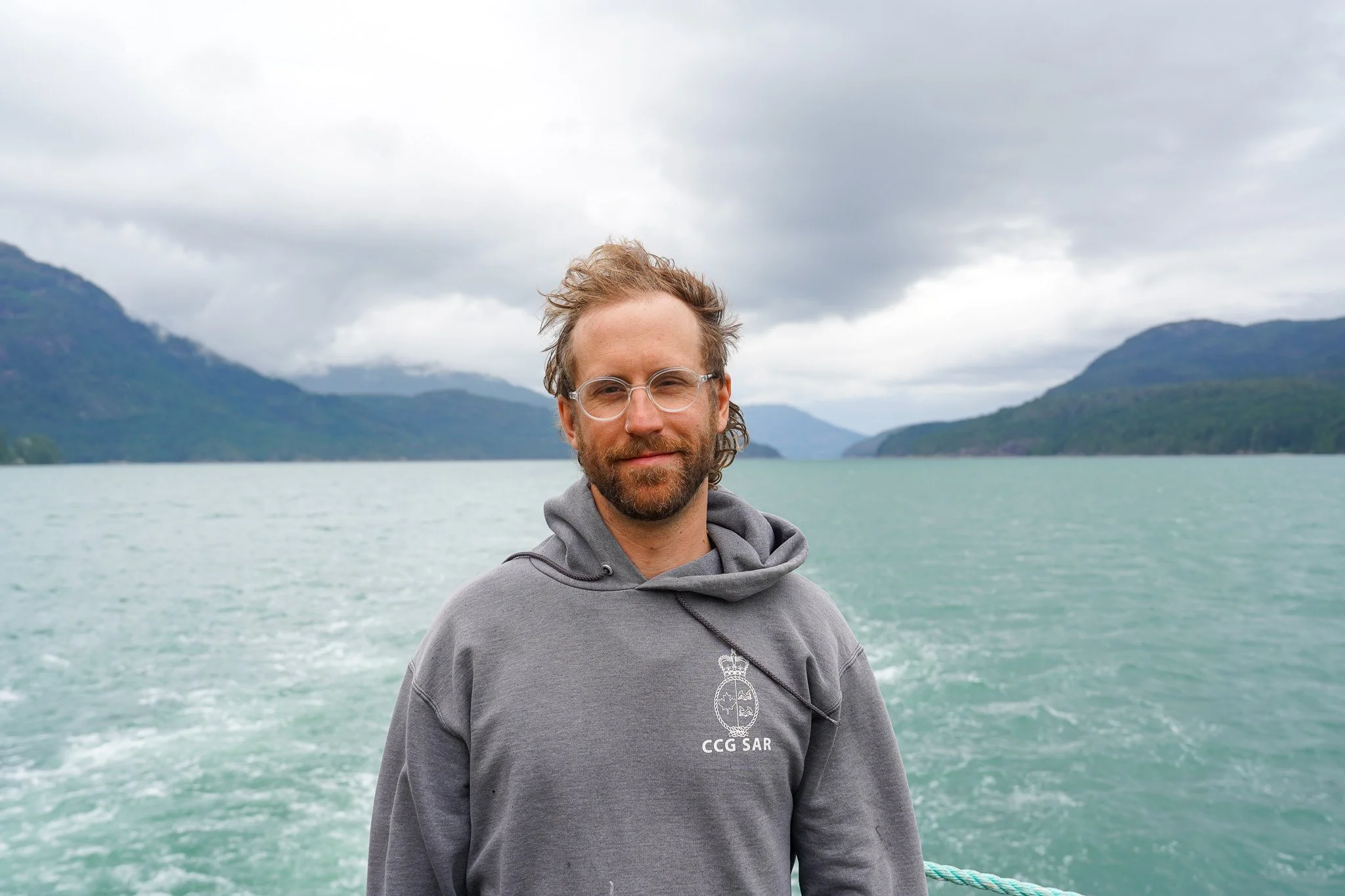
Phil Marciniak
Yelloweye ROV team
-
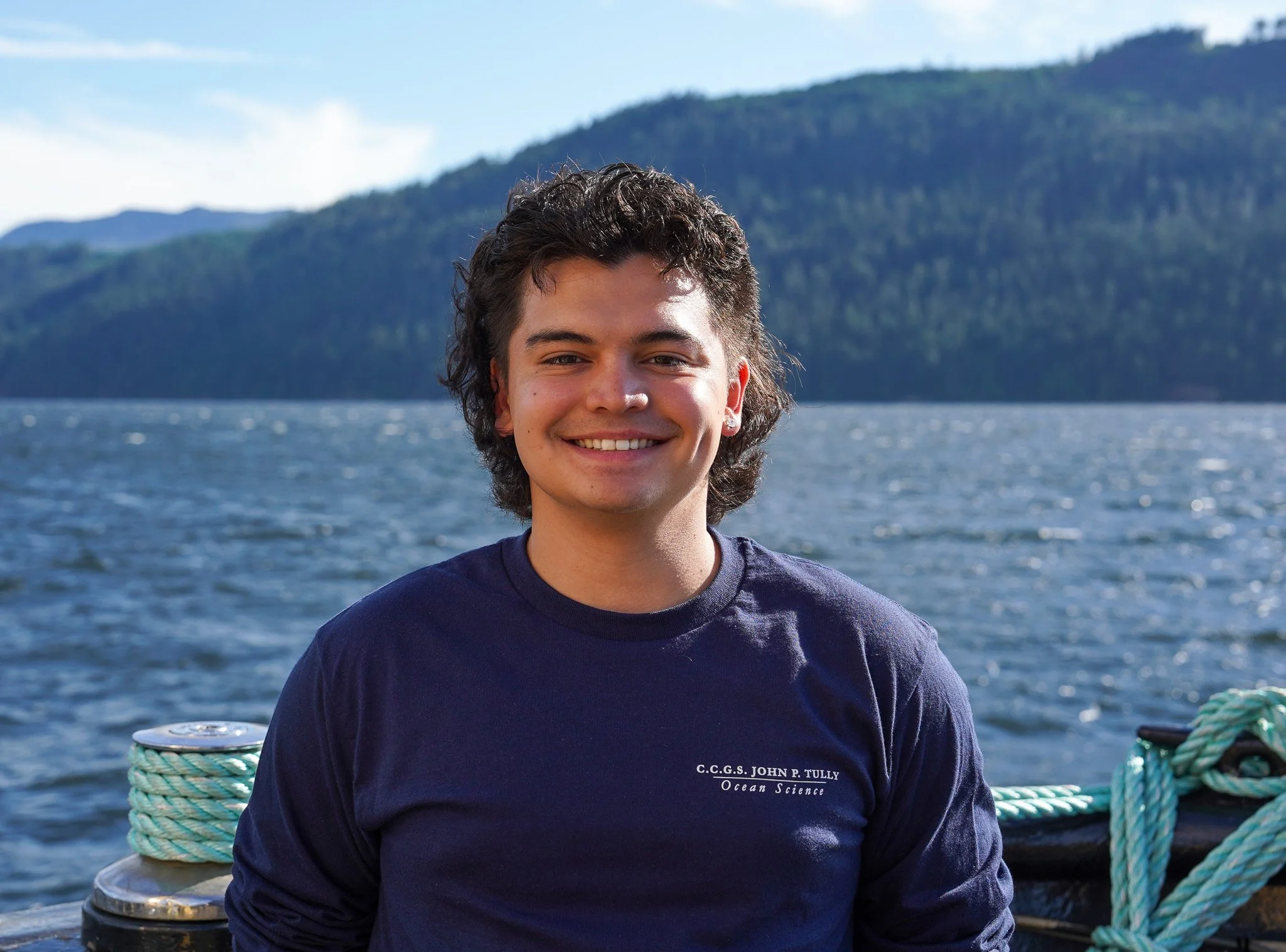
Kevin Downing
Engineering co-op Student
The NEPDEP Partners
-

Council of the Haida Nation (CHN)
-
Fisheries and Oceans Canada (DFO)
-
Nuu-chah-nulth Tribal Council (NTC)
-

Ocean Networks Canada (ONC)
-

Royal British Columbia Museum (RBCM)
-

University of Victoria (UVic)
Expedition Collaborators
-

Canadian Coast Guard (CCG)
-
GEOMAR Helmholtz Centre for Ocean Research Kiel (GEOMAR)
-

Natural Resources Canada (NRCan)
-

University of Calgary (UCal) - Earth, Energy, and Environment
Outreach Event
Fieldnotes available online:
Fisheries and Oceans Canada post all expedition for the coming year to ensure transparency and promote collaboration. Check out the 94 field operations including the NEPDEP expedition!
